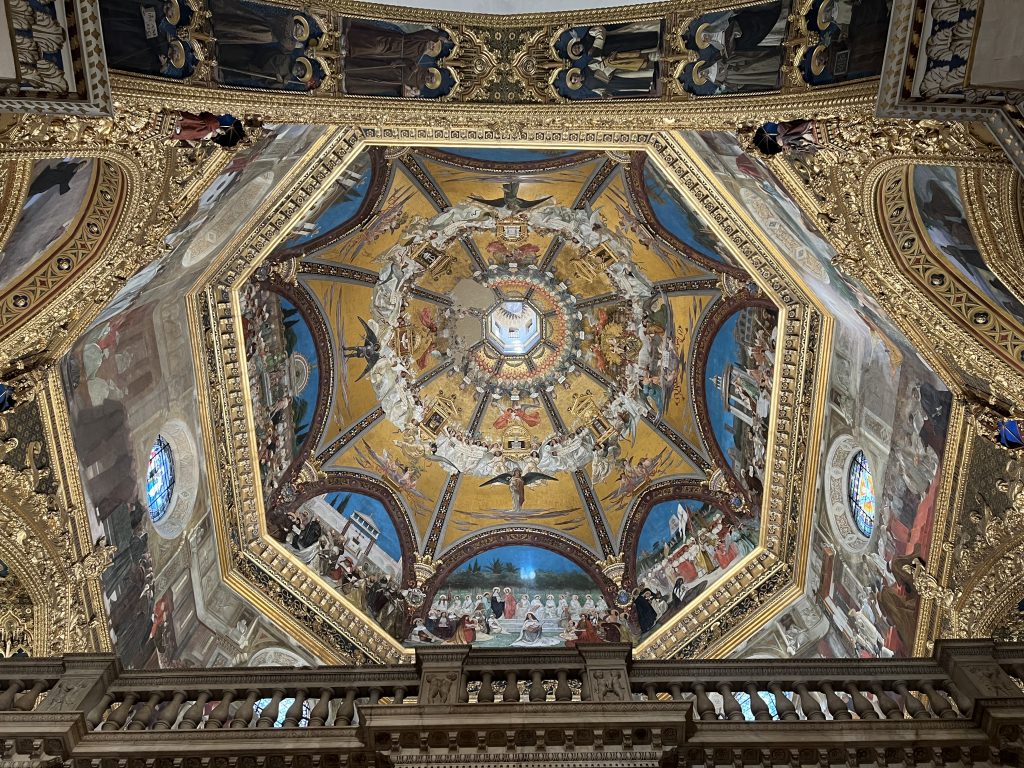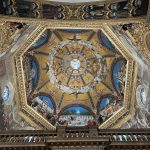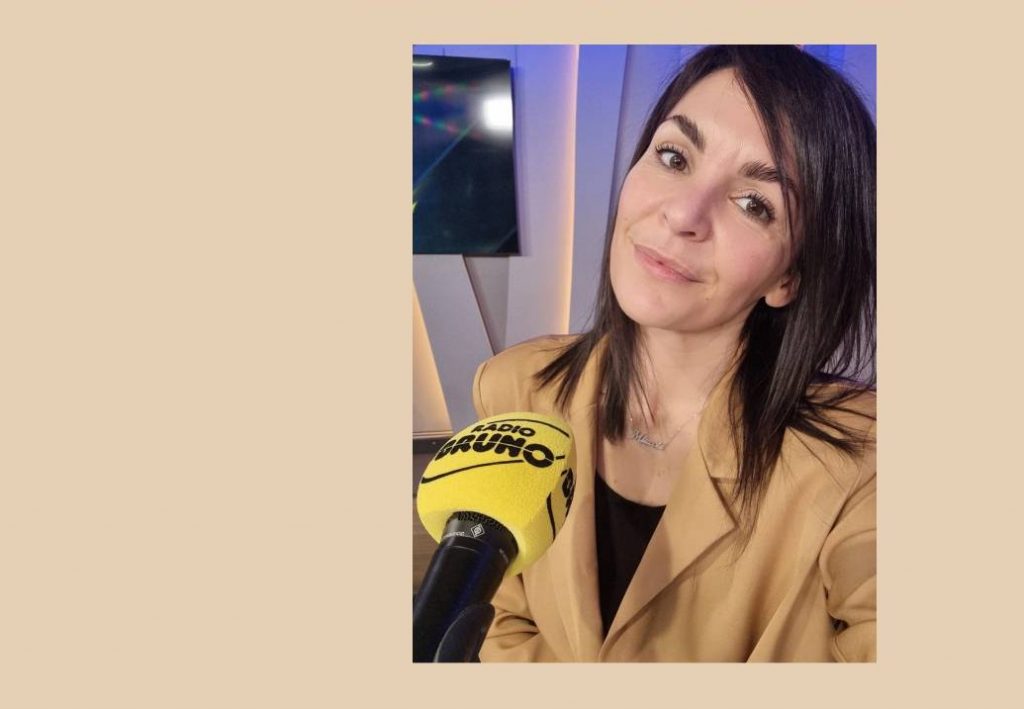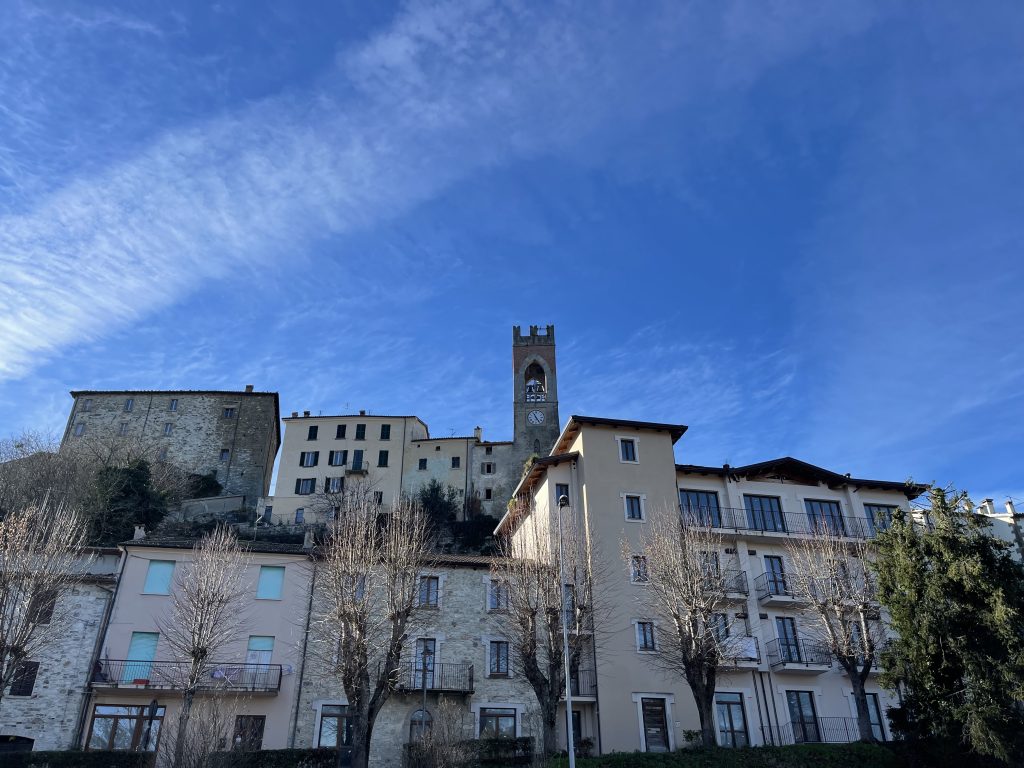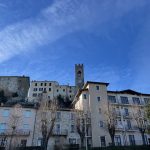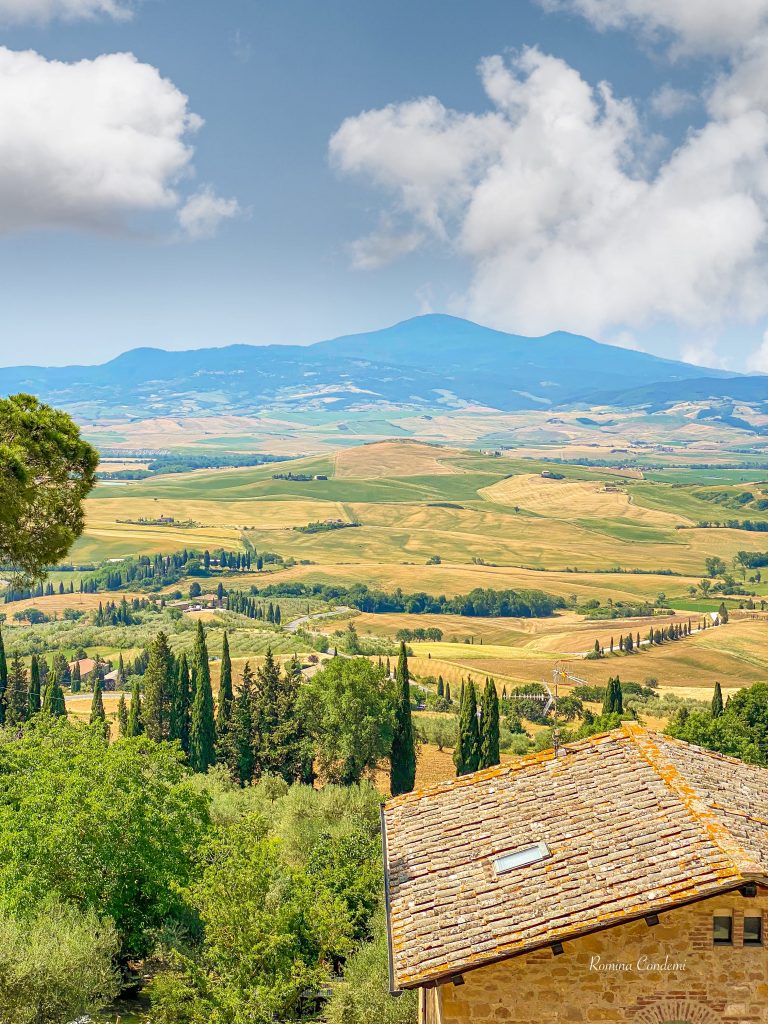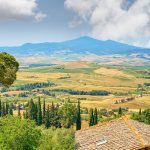Ciao talian lifestyle lovers,
Today we take you to the Marche and more precisely to Recanati, the city of poetry, art, history, music and much more. Recanati is, as it is defined, the “City of Good Living”.
Located in the heart of the Marche region, in the province of Macerata, just 30 minutes from Ancona, Recanati is located 296 meters from the sea, in the fascinating scenery of the Conero Riviera.
Historically Recanati arises from the union of several feudal castles, around which the inhabitants lived during the Middle Ages. In 1100, three of these 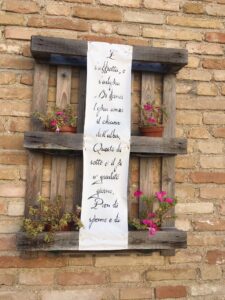 castles decided to unite giving life to the Municipality of Recanati.
castles decided to unite giving life to the Municipality of Recanati.
Recanati is one of those places where the memory of a man remains indissoluble, that of the great poet Giacomo Leopardi. The hills, the squares, the streets, even the silence tell us about him. And when we visit Recanati, we cannot walk its streets, without every glimpse reminds us of its verses. Pieces of poetry everywhere. Precious fragments of his most beautiful works are shown on the walls, on the doors, under the windows.
Recanati is the city of Infinity and when in Recanati you cannot fail to be fascinated by the places of the poet Giacomo Leopardi.
Leopardi’s Birthhouse is a secret place that has many stories to tell about the poet. Entering the poet’s house, we enter a time that is not ours, yet we feel that in some way, that time belongs to us. Leopardi’s house is still inhabited by his heirs, so it cannot be visited completely, but the Library can be visited, which contains more than 20,000 books, a patrimony increased over time by Monaldo Leopardi. The garden behind the palace, also belonged to the Leopardi family, today is the seat of the World Poetry Center.
Looking out from the windows of the Leopardi House Library it is exciting to see the House of Silvia (Teresa Fattorini). The daughter of the Leopardi coachman who inspired one of the poet’s most beautiful poems. The symbol of youth and crushed dreams.
Both Leopardi’s birthhouse and Silvia’s house overlook the sqaure of Sabato del Villaggio where the poem “Il Sabato del Villaggio” was set.
Following an avenue in front of the square, you arrive at Colle dell’Infinito, the most famous hill of Italian poetry. We are on the top of Mount Tabor, on the hermitage hill from which it is possible to get lost in the enchantment of the surrounding hills. Today this hill is a park, and crossing a path, you reach the point where the poet found himself composing the famous lyric “L’Infinito”.
A gem for shopping lovers is the Sartoria Latini www.sartorialatini.com Located in via Roma nr. 50, inside an elegant building from the 1500s, Sartoria Latini stands on 2 floors. To the first superior, the atelier of Nazareno Latini, for all Nenè, who since the early 1960s has been making handmade clothes from fine and carefully chosen fabrics, of timeless elegance, absolutely unique and inimitable. On the lower floor, Lucia, Nene’s daughter, creates bags and accessories with precious and refined leathers with technical excellence and artisan tradition, thus giving life to real works of art. Therefore, among the old work tables of the Via Roma atelier everything is still done “by hand” and the atmosphere is that of the ancient artisan shops.
Continuing along Via Roma, you will find the complex of S. Agostino. Here you can find the Church from the end of the 13th century where important frescoes from the 15th century are kept inside and the Bell Tower made famous by the famous poem that inspired the poet: “Il Passero Solitario”.
But Recanati is not just poetry. In fact, continuing towards the center, along Via Cavour, there is the Giuseppe Persiani Theater, one of the most beautiful historical theaters in the Marche, built in 1840 to a design by Tommaso Brandoni. The “Sala dei Trenta” houses the Beniamino Gigli Museum dedicated to the homonymous tenor, one of the greatest tenors of all time. Yes, not everyone knows it, but Recanati was also the birthplace of one of the most important opera voices of the twentieth century. Entering here is like entering the world of opera and theater.
Leaving the theater, we are immediately in piazza Giacomo Leopardi, in the center of which the bust of Giacomo Leopardi, executed for the centenary of his birth, by Ugolino Panichi observes us pensively.
Here we find the Torre del Borgo, a 12th century Ghibelline tower, which today houses the Recanati Museum and the Palazzo Comunale. The Town Hall was completely rebuilt in 1872 and inside it is possible to visit some reception rooms decorated by some of the greatest architects of the time.
From the main street, on a minor road, we arrive at the Cathedral of Recanati. The Cathedral of San Flaviano was built in the 14th century on a previous church, undergoing alterations and transformations over time.
At the end, we arrive at Villa Colloredo Mels. The villa is an ancient historic residence dating back to the 16th century and houses the Civic Museum and the Pinacoteca di Recanati. Inside it houses works and objects that reconstruct the history of Recanati from the thirteenth to the twentieth century. And certainly among the works to admire is the masterpiece of Lorenzo Lotto with his “Annunciazione”.
Finally, not to be missed, a walk in the Urban Park of Villa Colloredo, at the back of the museum. Here it will be possible to admire the beautiful landscape on the ancient city walls overlooking the countryside and the Sibillini Mountains.
Recanati also boasts a culinary tradition that one cannot fail to appreciate.
When asked what to eat in Recanati, we can answer: surely to taste are the handmade pasta. Among the first courses stand out the “vincisgrassi”, which are layers of egg pasta, seasoned with a meat sauce, cooked in the oven. The cappelletti in broth are also typical here, or the gnocchi served with duck sauce. Other appetizing dishes linked to peasant culture are rabbit in porchetta or chicken in potacchio, typical of the Marche tradition. All accompanied by a good wine, “Rosso Piceno doc” or “Bianco dei Colli Maceratesi doc”.
Where can you eat these delicacies? In addition to the places where you can have an aperitif and bar-cafes that are located on the main streets, among the restaurants we find:
Borgo Antico www.ristoranteilborgoantico.it : housed in the large cellars of an ancient building, under mighty vaults and thick exposed brick walls, the restaurant offers refined cuisine that combines traditional Italian dishes with international diversions.
Poesia a Tavola www.poesiaatavola.it : During the day butcher’s shop, in the evening it turns into a tavern with excellent zero-mile meat, in a welcoming environment
Osteria in Via Leopardi www.osteriavialeopardi.it : traditional dishes and refined reinterpretations in a suggestive location.







